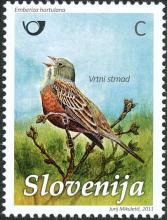Demise of the monarch amidst plummeting pheasant populations in South Dakota
The state pheasant population has dropped by 45 percent since 2016 — 65 percent lower than the 10-year average. Results from hunting have mirrored the decline. In 2007, the estimated pheasant bag was more than 2 million birds. In 2017, it was just more than 1 million, according to South Dakota Game, Fish and Parks. “Looking at the weather right now, we’re off to a record cold April,” said Travis Runia, senior upland game biologist for Game Fish and Parks. Many factors contribute to the last decade of pheasant decline, Runia said.










